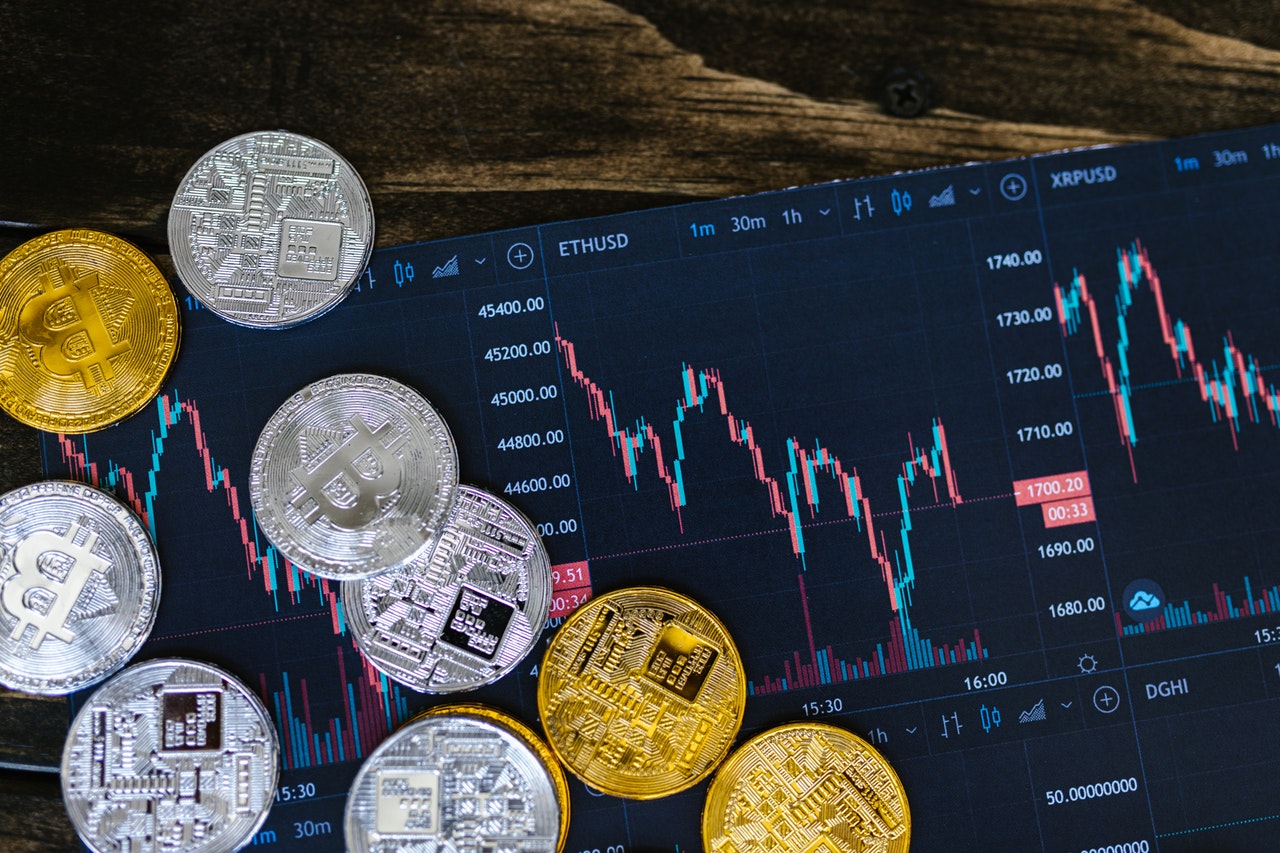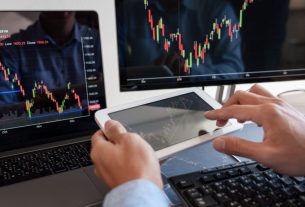If your queries are Forex trading in Pakistan | what is forex trading | forex trading halal or haram, then this article is really helpful for you.
The foreign exchange market is the market for exchanging foreign currencies. It is the largest market in the world, and the transactions that take place there affect everything from the price of clothing imported from China to the amount you pay for a margarita on vacation in Mexico.
Table of Contents
what is forex trading?
In simple terms, foreign exchange trading is similar to exchanging currencies when traveling abroad. Traders buy one currency and sell another, and the exchange rate fluctuates constantly depending on supply and demand.
Currencies are traded on the foreign exchange market. The foreign exchange market is a global market that is open 24 hours a day, Monday through Friday. All foreign exchange transactions are conducted over-the-counter (OTC). This means that there is no physical exchange like on a stock exchange and the market is overseen by a global network of banks and other financial institutions (not a central exchange like the New York Stock Exchange).
Most foreign exchange trading takes place between institutional traders such as banks, fund managers, and individuals working for multinational corporations. These traders do not necessarily intend to physically own the currency itself, but simply want to speculate or hedge against future exchange rate fluctuations. For example, a foreign exchange trader may buy U.S. dollars (and sell euros) if he believes the value of the dollar will rise and he can buy more euros in the future, and sell euros if he believes the value of the dollar will fall. On the other hand, a U.S. company doing business in Europe can use the foreign exchange markets to hedge against a decline in the value of the euro and a decline in the value of revenues generated in Europe.
How currencies are traded
All currencies are assigned a three-letter code, similar to stock symbols. There are more than 170 currencies in the world, but since most foreign exchange transactions are in the U.S. dollar, it is especially useful to know its code: USD. The second most popular currency on the foreign exchange market is the Euro, the currency accepted in the 19 countries of the European Union (code: EUR).
The other major currencies, in order of popularity, are the Japanese yen (JPY), the British pound (GBP), the Australian dollar (AUD), the Canadian dollar (CAD), the Swiss franc (CHF), and the New Zealand dollar (NZD).
All currency transactions are expressed as a combination of two currencies that are exchanged. The following seven currency pairs are referred to as the major currency pairs and account for approximately 75% of all trading in the foreign exchange market.
- EUR/USD
- US Dollar/Japanese Yen
- GBP/USD
- AUD/USD
- USD/CAD
- USD/CHF
- NZD/USD
How to quote a currency trade
Each currency pair represents the current exchange rate between two currencies. Below, the EUR/USD (Euro to USD) rate is used as an example to show you how to interpret it.
- The currency on the left (the Euro) is the base currency.
- The currency on the left (the Euro) is the base currency and the currency on the right (the US Dollar) is the quote currency.
- The exchange rate indicates the amount of the quote currency needed to buy one unit of the base currency. Therefore, the base currency is always quoted in units, and the quoted price depends on the current market price and the amount of money needed to buy one unit of the base currency.
- A EUR/USD exchange rate of 1.2 means that you can buy 1 euro for 1.20 dollars (or, in other words, that you can buy 1 euro for 1.20 dollars).
- If the exchange rate increases, it means that the base currency has increased in value in relation to the quoted currency (because you can buy more US dollars for one euro); conversely, a decreasing exchange rate means that the value of the base currency has decreased.
Note: Currency pairs are usually displayed with the base currency first and the quote currency second, but there are historical conventions for displaying some currency pairs. For example, conversions from USD to EUR are displayed as EUR/USD, but not as USD/EUR.
The three types of forex trading
For the most part, foreign exchange trading is not about exchanging currencies, as you might do in an exchange office while traveling, but about anticipating future price movements, as you do with stocks. Like stock traders, currency traders try to buy currencies that they believe will increase in value relative to other currencies, or get rid of currencies that they expect to decrease in purchasing power.
There are three methods of trading in the foreign exchange market that correspond to the different goals of traders
- Spot market: This is the main foreign exchange market where these currency pairs are traded and the exchange rate is determined in real-time based on supply and demand.
- Futures Market: Instead of executing a trade now, a foreign exchange trader may enter into a binding (private) contract with another trader to fix the exchange rate of an agreed quantity of currencies at a future date.
- Futures Market: Similarly, a trader may choose a standardized contract to buy or sell a specific amount of currency at a specific exchange rate on a future date. This is done on an exchange rather than in person as in the futures market.
Forward and futures markets are used primarily by foreign exchange traders who want to speculate on or hedge against future fluctuations in a currency’s exchange rate. Exchange rates on these markets are based on what happens on the spot market, the largest of the forex markets, where most forex transactions are made.
What drives the forex market?
As in any other market, the price of a currency is determined by the supply and demand of buyers and sellers. However, there are other macroeconomic forces at work in this market. The demand for a particular currency can also be affected by interest rates, central bank policies, the pace of economic growth, and the political environment of the country in question.
Since the foreign exchange market is open 24 hours a day, 5 days a week, traders in this market can react to the news that does not affect the stock market. Since much of forex trading is speculative or hedging, it is important for traders to know the dynamics that can cause a currency to soar.
FAQ:
Question: Does forex trading in Pakistan legal?
Ans: Yes, forex trading in Pakistan is legal. You can buy and sell the dollar, pound, mark, and francs as well as Riyals and dirhams
Question: Does forex trading is halal
Ans: Yes forex trading is halal, Forex trading is Halal if you treat trading as a business
Question: Best broker for forex trading in Pakistan?
Ans: Instforx and Exness is the best broker for forex trading in Pakistan.
Do write to us to know more about Forex trading in Pakistan.

Oliver is a professional blogger and a seasoned business and finance writer. With a passion for simplifying complex financial topics, he provides valuable insights to a diverse online audience. With four years of experience, Oliver has polished his skills as a finance blogger.




